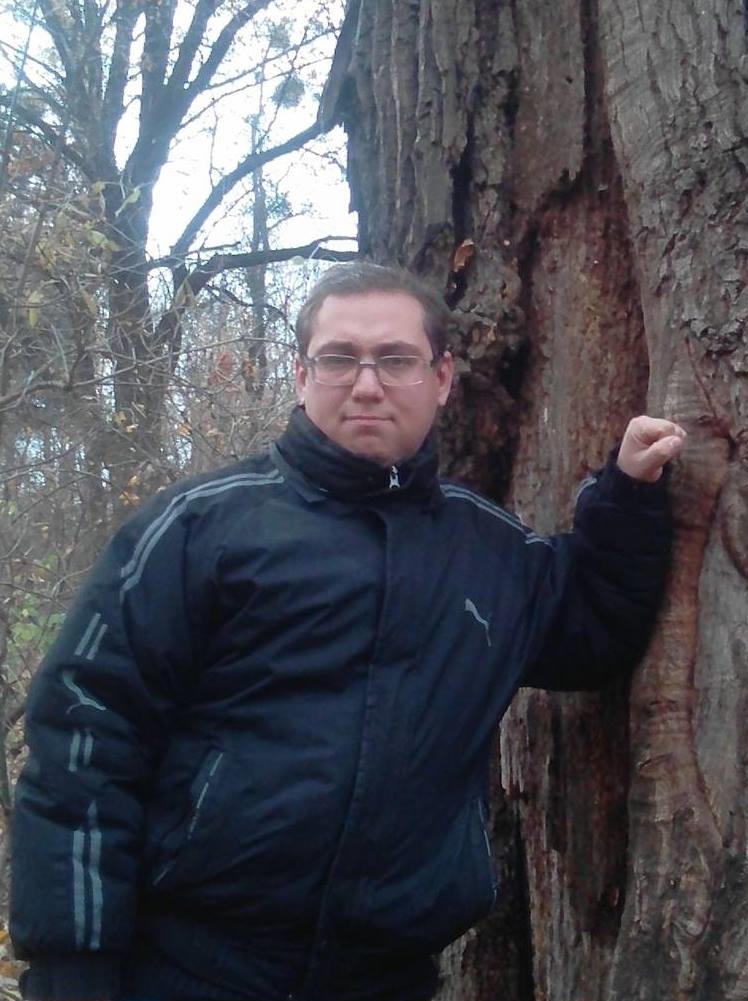Quantum gravity is an element that can unify quantum mechanics and relativity theory. However, what that theory is, no one knows. Scientists have recently suggested that observations from the Kilometer Cube Neutrino Telescope’s neutrino detector may help to sort out this question.

Quantum gravity
Researchers working with the Kilometer Cube Neutrino Telescope have suggested that the data obtained with it will help to understand a little about the theory of quantum gravity. This could potentially accelerate the creation of a so-called “theory of everything”.
Physics is the science of equations that outline the world around us. And the dream of all physicists is such a physical expression, or a set of them, with which one could describe any phenomenon in the cosmos and inside the atom. This is called the “theory of everything”. However, there are many problems on the way to its creation and one of the biggest of them is quantum gravity.
Neutral oscillations
Quantum gravity remains so mysterious because of the extreme weakness of such effects. However, in some cases, they should be observed. This is particularly true of neutrinos, tiny particles that are born in a bunch of processes in the Universe, but have no charge and have virtually no interaction with the rest of matter, making them difficult but possible to observe. You can read more about them in this article.
The neutrino does not have a constant mass. Three distinct values are traditionally in a state of superposition and coherence. That is, a particular mass manifests itself directly during measurements and the probability of how a neutrino manifests itself is equal for all three types.
However, quantum gravity implies a violation of this principle, i.e. decoherence. And different theories speak about different scales of this phenomenon. That is, by observing tiny cosmic particles, it is possible to screen out those that are not definitely supported by observations.
Two of the most complex and hype sections of physics — the theory of relativity and quantum mechanics cannot be combined in any way. In particular, it is absolutely unclear how the most important force of the theory of relativity — gravitation — should manifest itself at the level of atoms and elementary particles. There are many ways to describe it, but which one is correct is still unknown.
According to phys.org


